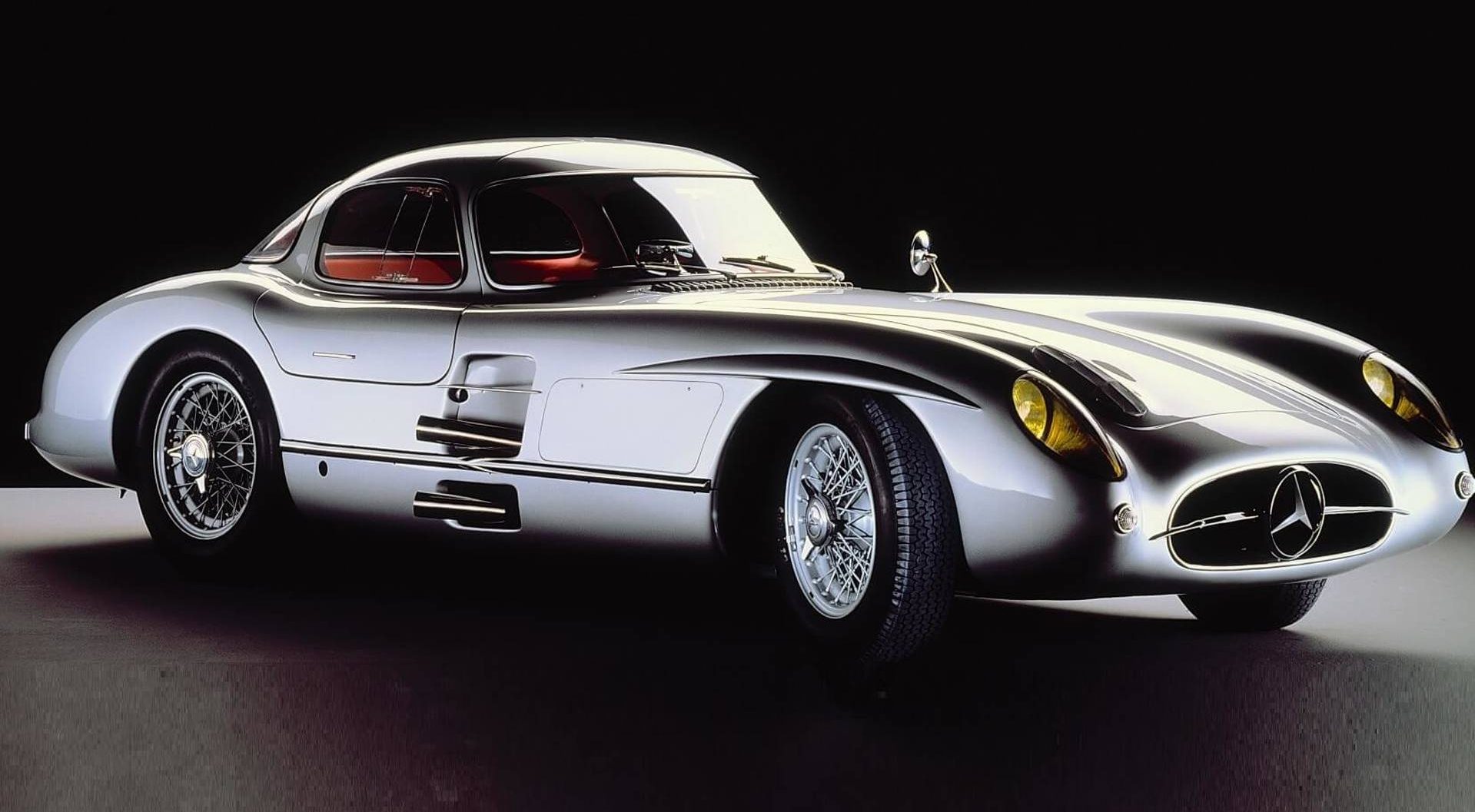
The Le Mans tragedy is an historical fact that is as important as it is sad in the world of motoring, as its consequences forever changed the world of motor racing in terms of safety.
The accident was caused by the driver Pierre Levegh in his Mercedes-Benz 300 SLR. Levegh followed Mike Hawthorn’s Jaguar D-Type behind the Austin-Healey driven by Lance Macklin, which braked sharply as the Jaguar was returning to the pits. The sudden braking of the opponent caught Levegh off guard, who collided with Hawthorn so abruptly that he used the Austin as a ramp for his car, which landed among the spectators in the stands. As many pieces disassembled flying through the audience and caught fire, the accident totaled 83 dead and 120 injured, proving to be the greatest tragedy of all time for the motoring world. The race continued to the end as the ambulances arrived.
Following this, Mercedes withdrew from the Formula 1 championship as a sign of respect for the victims until 1987 and many races of the season were canceled, including the German Grand Prix and the Swiss Grand Prix. Switzerland introduced very strict new road rules that are still in force today.

Mercedes-Benz 300 SLR